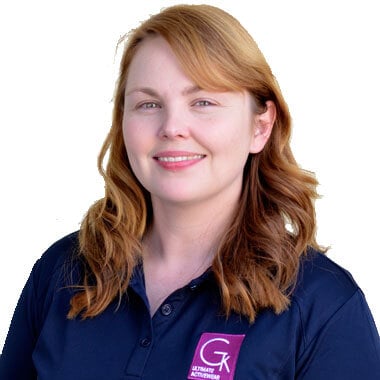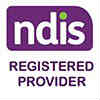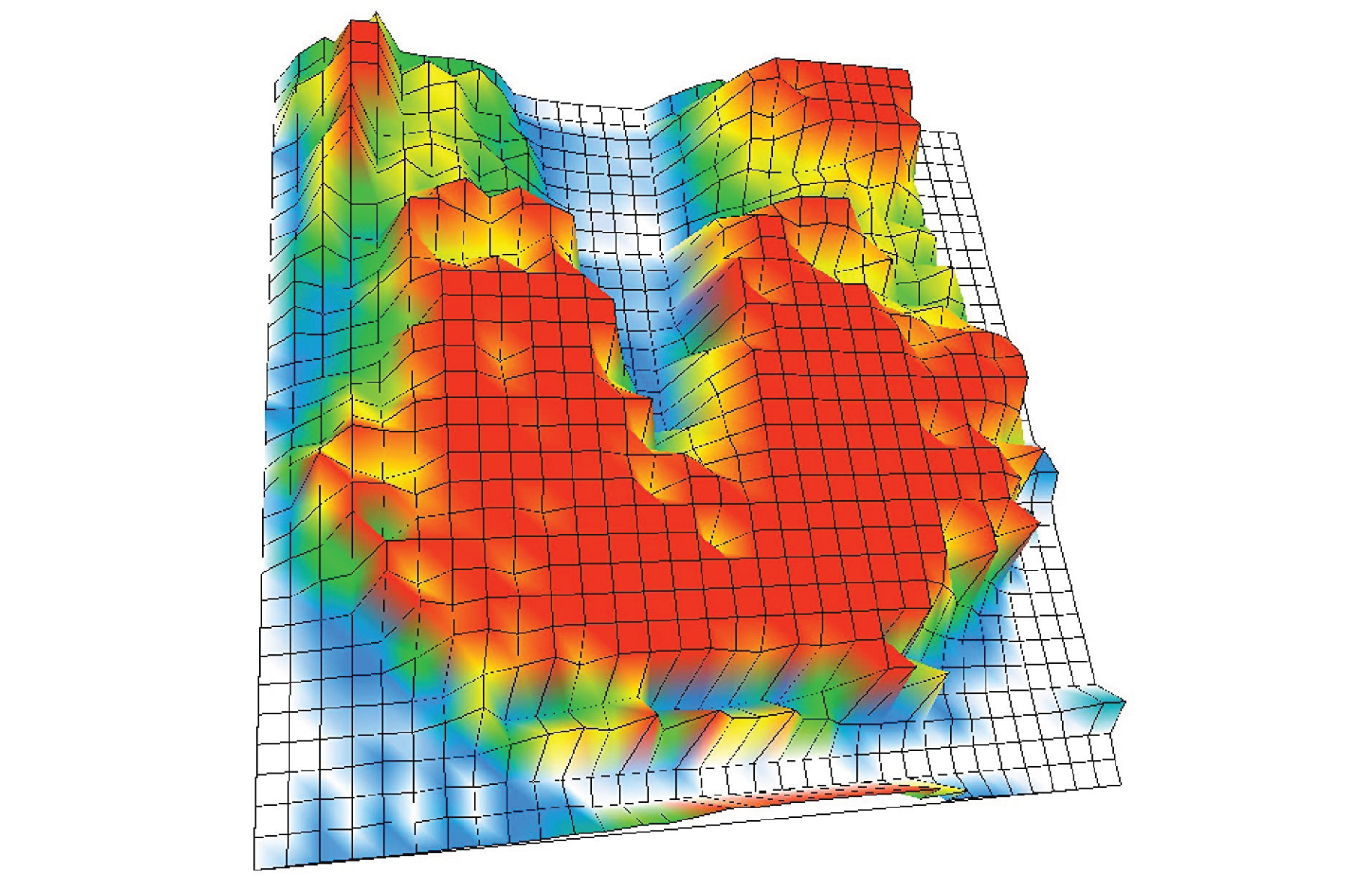
Pressure mapping technology has been available for a few decades, but as pressure mapping systems have become more user-friendly and cost-effective, it is easier than ever to incorporate pressure mapping into your clinical process.
A pressure mapping device is a pad with in-built sensors that is placed underneath a person, usually on a wheelchair cushion, to measure downward pressure. The pressure mapping device can provide a snapshot or live feed of the pressure under the person to enable the seated pressure to be evaluated. The level of pressure is colour-coded, with light blue indicating the least pressure present through to red indicating the most pressure. An example of a pressure map is below; the areas of yellow and red are areas where greater seated pressures are present, and the areas of green and blue are areas were there is less pressure.

There are several ways to use pressure mapping, and it is important to consider how you are using your pressure mapping system to ensure you are getting the optimum benefit from the technology.
Comparing seating products
One of the most common ways to utilise pressure mapping is to compare cushions during the seating trial process. Pressure mapping can show how one cushion compares to others in dispersing pressures in the seated position, but it is important to make sure that you map each cushion in the seated functional position the user will be in. It’s also important to consider how the user will sit after five hours in the wheelchair, rather than just five minutes, as often people’s posture changes throughout the day. Make sure the client has been seated in cushion or backrest for at least 15 minutes before using the pressure mapping device, as cushions often move and adjust in response to pressure and body temperature and waiting can provide a more accurate picture. Don’t forget that when propelling in a manual wheelchair, travelling up/down inclines, sitting at a desk, brushing teeth and rest all generally have a different seated position so pressures might vary in these different positions.
Pressure mapping during the seating assessment process can also have financial benefits. A lower cost cushion might suit a user’s functional needs as well as perform well for pressure distribution during pressure mapping. Pressure mapping can help support the need for lower cost equipment rather than simply assuming the higher cost cushion must be more suitable.
One thing to remember when using pressure mapping to compare seating products is that just because one cushion maps well with one user, it will not map well with every user. Often it is assumed that if a cushion maps well with one person, it must be great for pressure management for everyone. Ever user has their own body shape, postural needs and functional needs which will determine how successful a cushion will be for them individually.
Reviewing any pressure ‘hot-spots’
For individuals with recurrent pressure injuries, pressure mapping can be invaluable to determine what aspects of the seating system are possibly contributing to skin breakdown. Once any problem areas in the seating system are identified, it’s possible to experiment with cushion modifications, backrest angle changes and leg support adjustments (such as footplate height and angle changes) to see if these changes can help.
Pressure mapping can also be helpful in reviewing a person where their medical history might indicate areas of decreased tissue integrity. Being aware of any ‘high-risk’ areas can ensure these areas are specially considered when assessing for a new seating system.
Comparing use of ancillary seating supports
Using pressure mapping can be a great way of seeing how lateral thigh supports, arm supports and lateral trunk supports influence seating pressures, and can also help guide the best way to position these supports.
Showing users how posture changes impact on seated pressures
One of the most beneficial uses of pressure mapping is to demonstrate how posture changes can influence seating pressures. Seating pressures are hard to visualise for most of us, especially for people with reduced sensation, and the benefits of postures changes are difficult to see in real time. Pressure mapping allows you to physically show a person the effect of tilting all the way back in a power wheelchair for 90 seconds or leaning forwards to weight shift. Having the person watch the screen as they move and seeing those red and yellow areas shift to green and blue can often be a great motivator to complete desired pressure relief postures.
But don’t forget the big picture by focusing too much on those blues and greens
It is easy to get excited when we place someone on a cushion and the pressure mapping shows all blues with just a hint of green. But finding a suitable seating product is more than just considering pressure distribution and skin breakdown. First and foremost, a seating system needs to be comfortable for the user to sit in for long periods. The person also needs to be able to transfer safely in and out of the seating system.
An air-based cushion might pressure map beautifully, but is that really going to be the best cushion to suit that individual? Perhaps you know that regular maintenance of equipment is not really their strong-suit, or they have two cats which love to sit on their wheelchair overnight and any claw exercising could lead to punctures. It’s important to remember how a product will fit into the person’s life as a whole, not only how it performs on pressure mapping.
The other main factor to remember is shear. Some pressure mapping devices can also measure shear, but many do not and it can be easy to forget the impact that shear has on skin breakdown and pressure injuries. An individual might frequently move into a posterior pelvic tilted position, so shear factors rather than simply pressure might be causing skin breakdown. To reduce skin breakdown, adding supports like a pelvic belt to reduce shear might be just as important as managing pressure for certain individuals.
Pressure mapping is a great tool to have in your toolbox when assessing for seating systems. Your GTK Consultants are always available to help interpret pressure mapping results and assist in the assessment and trial process to ensure the best possible seating outcome. Contact us today to see how we can help.



